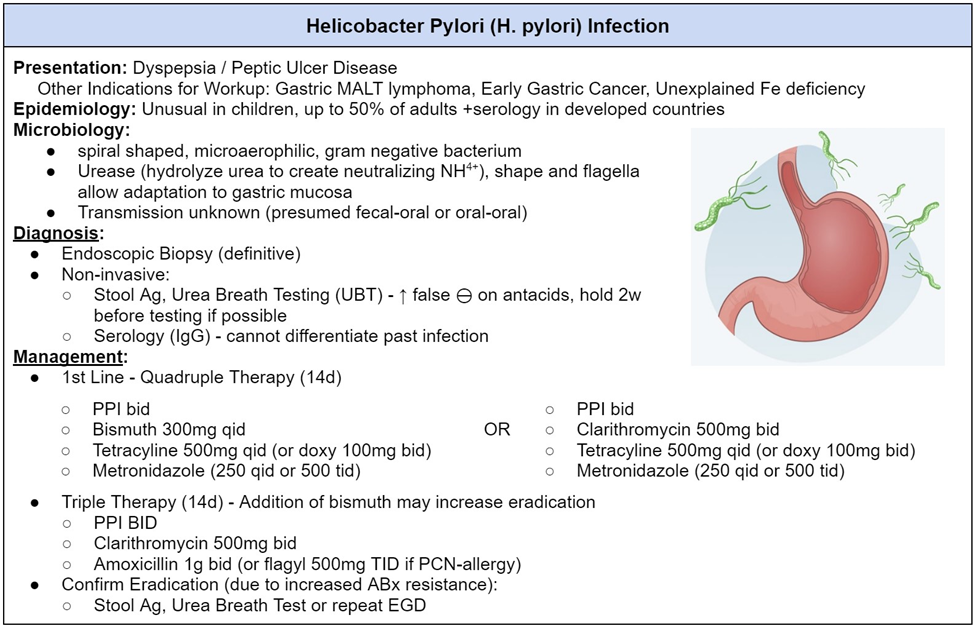A patient is experiencing status epilepticus. The nurse prepares to give which drug of choice for the treatment of this condition?
diazepam
midazolam
valproic acid
carbamazepine
The Correct Answer is A
A. Diazepam
For the treatment of status epilepticus, the drug of choice is typically a benzodiazepine, and diazepam is commonly used. Diazepam is a fast-acting anticonvulsant that can be administered intravenously to rapidly terminate seizures during status epilepticus.
B. Midazolam
Midazolam is another benzodiazepine that can be used for the treatment of status epilepticus, particularly when intravenous access is difficult. It can be administered intramuscularly or intranasally.
C. Valproic Acid
Valproic acid is an anticonvulsant, but it is not typically the first-line choice for the acute treatment of status epilepticus. It may be considered if benzodiazepines are not effective.
D. Carbamazepine
Carbamazepine is not used for the acute treatment of status epilepticus. It is more commonly used as a maintenance therapy for epilepsy.
Nursing Test Bank
Naxlex Comprehensive Predictor Exams
Related Questions
Correct Answer is C
Explanation
A. Blood cultures will need to be drawn.
Blood cultures are not typically used for diagnosing H. pylori infection. Instead, specific blood tests, such as serology or antibody tests, may be employed to detect antibodies against H. pylori.
B. A biopsy of the stomach will be done.
While a biopsy may be taken during an upper endoscopy to examine the stomach lining for ulcers and H. pylori infection, it is not the primary method for detecting the presence of H. pylori. The biopsy may be used for confirming the infection and assessing the severity of damage.
C. A breath test will be performed.
This is the correct choice. The breath test is a common and non-invasive method used to detect the presence of H. pylori. The patient drinks a solution containing a substance that H. pylori can break down, and the detection of carbon dioxide in the patient's breath indicates the presence of the bacteria.
D. Computerized scanning will identify if H. pylori is present.
Computerized scanning, such as computed tomography (CT) scans, is not a primary method for detecting H. pylori. Imaging studies are not typically used for H. pylori diagnosis, and the methods mentioned earlier, like breath tests and endoscopy, are more commonly employed.

Correct Answer is ["2"]
Explanation
To calculate the dose of fluconazole for a child who weighs 44 pounds, you need to convert the weight to kilograms and the dose to milligrams.
One kilogram is equal to 2.2 pounds, so 44 pounds is 44 / 2.2 = 20 kilograms.
The dose of fluconazole is 5 mg/kg, so 5 mg x 20 kg = 100 mg.
The label on the bottle says that each tablet contains 50 mg of fluconazole, so you need to divide the dose by the tablet strength to get the number of tablets. 100 mg / 50 mg = 2 tablets.
Therefore, you should administer two tablets of fluconazole once a day for this child.
Whether you are a student looking to ace your exams or a practicing nurse seeking to enhance your expertise , our nursing education contents will empower you with the confidence and competence to make a difference in the lives of patients and become a respected leader in the healthcare field.
Visit Naxlex, invest in your future and unlock endless possibilities with our unparalleled nursing education contents today
Report Wrong Answer on the Current Question
Do you disagree with the answer? If yes, what is your expected answer? Explain.
Kindly be descriptive with the issue you are facing.
